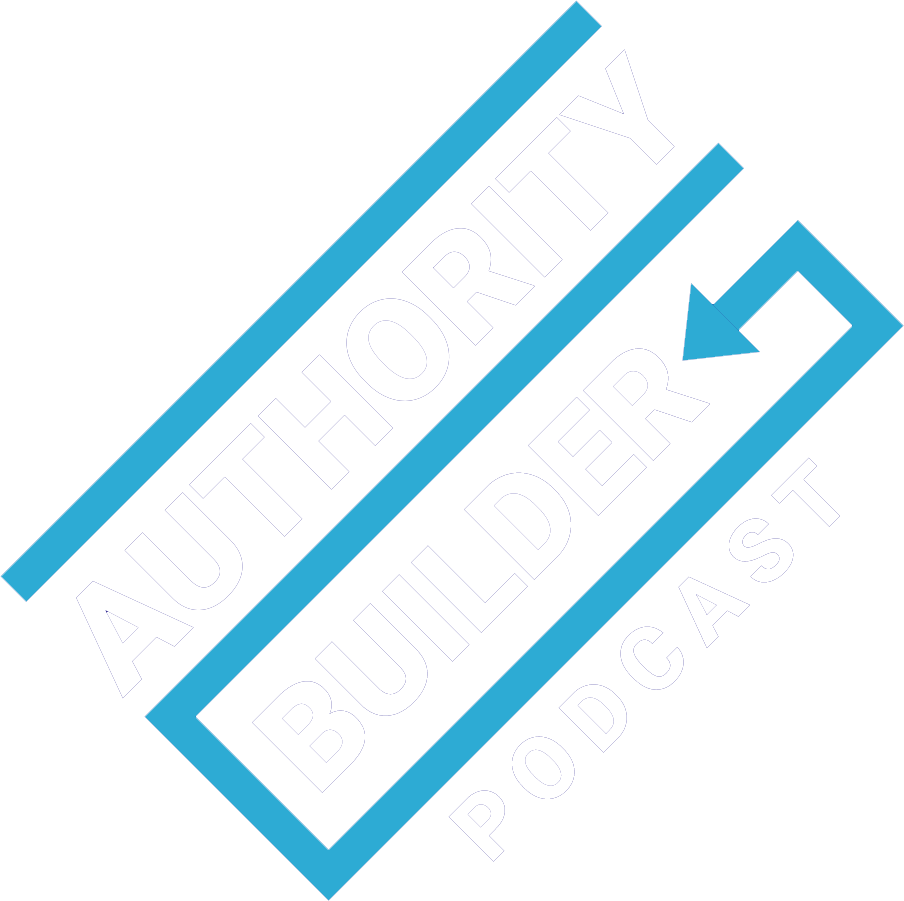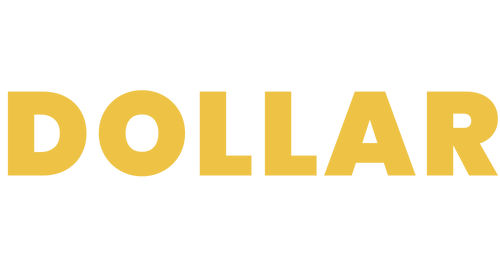In 2014, Tracy Enos fired all her digital marketing clients to focus on LinkedIn consulting… and has been unstoppable ever since.
But she’s no ordinary LinkedIn expert. She’s not a big fan of the “shiny” tools that bring in views, likes, and comments – and help your posts “go viral.”
She focuses on things that actually turn into dollars for her clients’ businesses. We discuss the foundation of a solid LinkedIn strategy for marketing your business – which might mean totally revamping what you’re doing now.
Tune in to find out…
- How to “channel” – then attract – your ideal client
- LinkedIn tools to use… and those to throw out
- Why a smaller list of prospects can be more profitable
- The only way to create value – and start real conversations – with your LinkedIn marketing
- And more
Listen now…
Mentioned in this episode
- Tracy Enos
- Book: LinkedIn Publishing to Profits
- Tracy on LinkedIn


